Chemical hazards
1/33
There's no tags or description
Looks like no tags are added yet.
Name | Mastery | Learn | Test | Matching | Spaced |
|---|
No study sessions yet.
34 Terms
GHS HazCom
Globally Harmonized System of Classification and Labelling of Chemicals.
Hazard communication tools
format for safety data sheets (SDSs)
content for label and SDSs.
precautionary statements.
symbols.
signal word.
Why was GHS developed?
Promoting regulatory efficiency.
Providing improved, consistent hazard information.
Easing compliance.
Encouraging the safe transport, handling and use of chemicals.
How is GHS organized?
Physical hazards.
Health hazards.
Environmental hazards.
What are the classes within the Health hazard group?
Serious eye damage/eye irritation.
Respiratory or skin sensitization.
Reproductive toxicity.
Aspiration hazard.
What are the classes within the Physical hazard group?
Oxidizing gases.
Flammable gases.
Explosives.
Oxidizing liquids.
What are the classes within the Environmental hazard group?
Hazardous to the aquatic environment (acute and chronic).
Hazardous to the ozone layer.
What does LD50 mean?
LD stands for "Lethal Dose". LD50 is the amount of a material, given all at once, which causes the death of 50% (one half) of a group of test animals. The LD50 is one way to measure the short-term poisoning potential (acute toxicity) of a material.
What does LC50 mean?
LC stands for "Lethal Concentration". LC values usually refer to the concentration of a chemical in air but in environmental studies it can also mean the concentration of a chemical in water.
What Are Workplace Exposure Limits (WEL)?
a recommended or legal limit for any toxin or substance that may have adverse health effects.
The WEL value is expressed as a time-weighted average (TWA) and there are two variations, the Long Term Exposure Limit (LTEL) which is the maximum exposure permitted over 8 hours, and the Short Term Exposure Limit (STEL) which is the maximum exposure permitted over a 15-minute reference period.
Asbestosis
Asbestosis is a chronic (long-term) lung condition caused by prolonged exposure to asbestos with no cure.
Asbestos
Asbestos is a general term for a group of minerals made of microscopic fibres. In the past, it was widely used in construction.
Symptoms of asbestosis
shortness of breath - this may only occur after physical activity at first, but it can eventually become a more constant problem.
a persistent cough.
wheezing.
fatigue (extreme tiredness).
chest pain,
in more advanced cases, clubbed (swollen) fingertips,
Workplace Hazardous Materials Information System (WHMIS)
Canada-wide system designed to provide information on how to safely USE, STORE, and HANDLE workplace hazardous materials.
WHMIS legislation makes EMPLOYERS responsible for providing their workers with work-specific training and education regarding hazardous products.
Hazardous Product Act
What is a controlled product?
Material Safety Data Sheets [MSDS] are required for the sale of controlled products.
Information to be disclosed on an MSDS.
Ingredient disclosure and identity.
Labeling requirements of controlled
products.
WHMIS Objectives
Identify Hazardous materials on the work site.
Improve the communication of health hazard information of materials used on the work site.
Protect employees from exposure to hazardous materials through safety equipment, training, and procedures.
Controlled products
Consumer products can be controlled products under WHMIS, such as: Bleach, WD40, Paint and Glue.
Elements of WHMIS
Site Specific Training and Education.
Product Labels.
Material Safety Data Sheets [MSDS]
CLASS B: FLAMMABLE AND COMBUSTIBLE MATERIAL
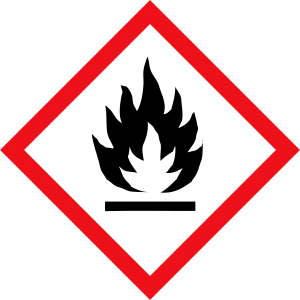
CLASS C: OXIDIZING MATERIAL
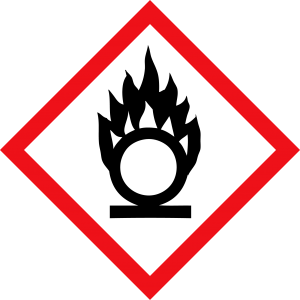
CLASS A: COMPRESSED GAS

CLASS D: POISONOUS AND INFECTIOUS
MATERIAL
Division 1: Materials Causing Immediate and Serious Toxic Effects
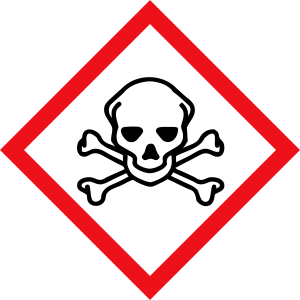
CLASS D: POISONOUS AND INFECTIOUS
MATERIAL
Division 2: Materials Causing Other Toxic Effects

CLASS D: POISONOUS AND INFECTIOUS
MATERIAL
Division 3: Biohazardous Infectious Material

CLASS E: CORROSIVE MATERIAL
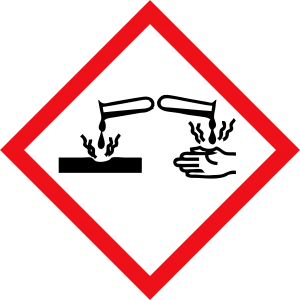
CLASS F: DANGEROUSLY REACTIVE
MATERIAL
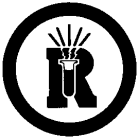
Product Identity
Hazardous Ingredients
Physical and Chemical Data
Fire and Explosive Data
Reactivity Data
Toxicological Properties
Preventative Measures
First Aid Measures
Preparation Data
Material Safety Data Sheets [MSDS]
Material Safety Data Sheets [MSDS] are technical documents that provide detailed and comprehensive information on controlled products.
A Material Safety Data Sheet [MSDS] must be updated and replaced every three years
Suppliers Responsibility
To classify a product as a controlled or uncontrolled product.
Apply supplier label to all controlled products sold.
Provide a Material Safety Data Sheet [MSDS] for controlled products provided.
Employers Responsibilty
To provide the employee with:
Material Safety Data Sheets [MSDS]
Workplace Labels
WHMIS Training
Employees Responsibility
To participate in WHMIS training.
To apply the knowledge in the
workplace.
Routes of entry
Inhalation
Ingestion
Absorption
Injection
Control of Hazards
At the Source
Along the Path
At the Worker
Types of Personal Protective Equipment
Eye Glasses
Face Shields
Apron
Dust Mask
Cartridge Respirator
Gloves
Supplied Air
Respirator
Chemical Footwear
Full Body Suit